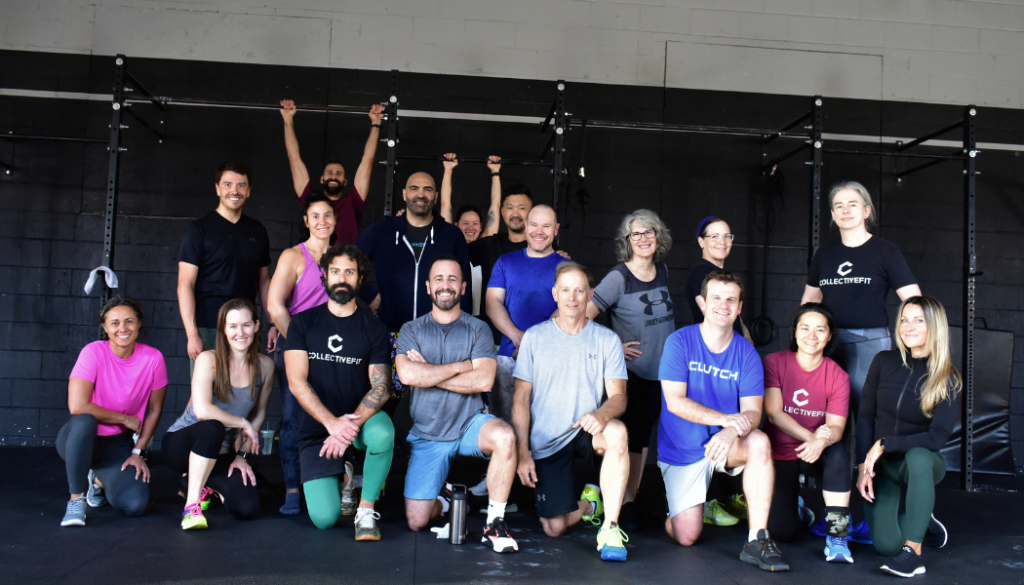A Guide to Zone 2 Training:

Zone 2 training has gained significant attention in the fitness world for its profound benefits on cardiovascular health, endurance, and overall longevity. In this comprehensive guide to Zone 2 training, we’ll break down what Zone 2 training is, its benefits, and why it’s becoming a favourite among fitness enthusiasts and health professionals alike.
What is Zone 2 Training?
Zone 2 training refers to exercising at an intensity that falls within a specific heart rate zone. This zone is typically defined as 60-70% of your maximum heart rate (MHR) or a perceived exertion level where you can hold a conversation comfortably but are still challenging your cardiovascular system.
In simpler terms, Zone 2 training is a moderate-intensity workout that focuses on building aerobic endurance without pushing your body into high-intensity zones that could lead to burnout or overtraining.
Benefits of Zone 2 Training
1. Improved Cardiovascular Health
Engaging in Zone 2 training regularly can significantly improve your cardiovascular health by strengthening your heart muscle, increasing stroke volume (the amount of blood pumped per beat), and enhancing overall heart efficiency. This type of training promotes the development of new blood vessels, improving blood flow and oxygen delivery to working muscles and organs.
2. Enhanced Fat Metabolism
Zone 2 training is known for its ability to optimize fat metabolism. Exercising at this moderate intensity encourages the body to use fat as a primary fuel source, helping to reduce body fat percentage and improve body composition over time.
3. Increased Aerobic Endurance
Consistent Zone 2 training can boost your aerobic endurance by improving your body’s ability to utilize oxygen efficiently during exercise. This leads to increased stamina, reduced fatigue during prolonged activities, and better performance in endurance sports like running, cycling, and swimming.
4. Longevity and Overall Health
Research has shown that regular aerobic exercise, like Zone 2 training, is associated with increased longevity and a reduced risk of chronic diseases such as heart disease, diabetes, and hypertension. By prioritizing your cardiovascular health through Zone 2 training, you are investing in a healthier, longer life.
Incorporate it into Your Routine
Determine Your Maximum Heart Rate (MHR): To find your Zone 2 heart rate range, you’ll first need to calculate your MHR. A common formula to estimate MHR is 220 minus your age.
Calculate Your Zone 2 Range: Multiply your MHR by 0.6 (60%) and 0.7 (70%) to determine the lower and upper limits of your Zone 2 training zone.
Choose Your Activity: Whether it’s running, cycling, swimming, or walking, choose an activity you enjoy and can sustain for an extended period at your Zone 2 heart rate.
Monitor Your Heart Rate: Use a heart rate monitor or fitness tracker to ensure you’re staying within your Zone 2 range during your workouts.
Start Slow and Progress Gradually: If you’re new to Zone 2 training, begin with shorter sessions and gradually increase the duration as your fitness improves. If you want more help on this topic click here to reach out to us.
For those looking to enhance their fitness journey and optimize their health, using this guide to Zone 2 training provides a sustainable, effective approach that caters to individuals of all fitness levels. So, lace up those running shoes, hop on your bike, or dive into the pool, and start reaping the rewards of Zone 2 training today. If you want to know about Functional Fitness Training, click here to read the blog post.
The post A Guide to Zone 2 Training: appeared first on CollectiveFit.
More Posts





